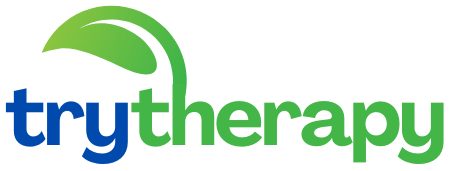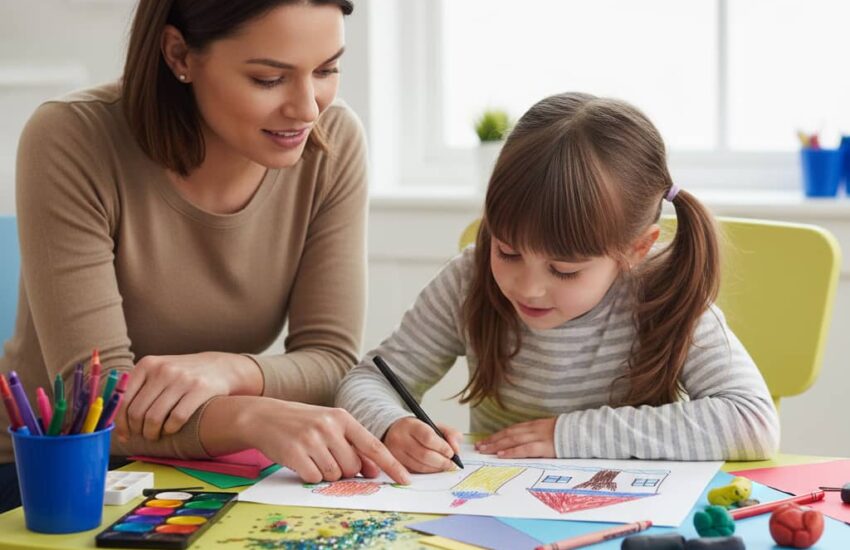TF-CBT helps children and adults process trauma and reclaim their lives. Discover how this evidence-based approach gently guides healing through proven therapeutic techniques. The first time I witnessed TF-CBT in action, I watched a remarkable transformation unfold. A young girl who hadn’t spoken about her traumatic experience in two years was using dolls to show her therapist what had happened. With each careful placement of the figures, she wasn’t just recounting events; she was externalizing the memory that had been haunting her internally. Her therapist responded with calm validation, gently guiding her to recognize that the shame she carried didn’t belong to her. That session revealed the profound truth about TF-CBT: it doesn’t erase trauma, but it does transform one’s relationship to it, turning overwhelming memories into manageable stories.
Trauma-Focused Cognitive Behavioral Therapy represents a carefully structured yet flexible approach specifically designed to help children, adolescents, and their caregivers process traumatic experiences. Unlike traditional talk therapy that might explore childhood patterns for years, TF-CBT follows a relatively short-term model, typically 12 to 25 sessions, with a clear roadmap toward healing. The magic lies in its dual focus: addressing the child’s trauma while simultaneously equipping caregivers with tools to become healing agents in their child’s life.
The treatment rests on three core pillars that form the acronym PRACTICE. Psychoeducation comes first, helping both child and caregiver understand how trauma affects the brain and body. Many families arrive believing their child is “being difficult” when in reality they’re responding to trauma triggers. When a parent learns that their child’s explosive anger is a survival response rather than defiance, the entire family dynamic begins to shift. I’ve watched parents’ faces fill with relief as they realize their child’s behavior isn’t a personal rejection but a physiological reaction.
Parenting skills form the second crucial component. Caregivers learn to provide consistent, trauma-informed responses that create safety instead of reinforcing fear. A mother I worked with discovered that her instinct to demand eye contact during conversations was triggering for her daughter, who associated direct gaze with threat. When she learned to sit beside her daughter instead of facing her directly, their communication opened up almost immediately. These subtle adjustments in approach can rebuild broken connections between parent and child.
The heart of TF-CBT involves helping children develop emotional regulation skills before ever discussing their trauma. They learn to identify bodily sensations associated with different emotions and practice calming techniques like focused breathing and grounding. One creative therapist I know used a “volume knob” metaphor to help a child visualize turning down their anxiety. These tools provide children with a sense of mastery over their internal experience, something trauma had stolen from them.
The cognitive processing component gently challenges unhelpful beliefs that often follow trauma. Children frequently blame themselves with thoughts like “I should have fought harder” or “It happened because I was bad.” Through Socratic questioning, therapists help children examine the evidence for these beliefs and develop more accurate perspectives. I witnessed a breakthrough with one teenager who finally realized, “The person who hurt me is responsible for what happened, not me.” The physical relief that washed over her was palpable.
The trauma narrative represents perhaps the most distinctive element of TF-CBT. Rather than avoiding traumatic memories, children gradually create a detailed account of their experience in a safe, controlled manner. This might take the form of a story, a drawing, or even a song. The process allows the memory to be processed and integrated rather than remaining a fragmented, triggering event. One child who created a comic book about his experience told me, “Now the story is in the book instead of always playing in my head.”

In vivo mastery follows the narrative work, helping children gradually confront trauma reminders in their daily lives. This isn’t about pushing children into frightening situations but about building confidence through small, manageable steps. A child afraid of darkness might start by sitting in a dimly lit room with a parent for five minutes, gradually increasing exposure as confidence grows. Each success builds evidence that they can handle what once terrified them.
Conjoint sessions bring children and caregivers together to share what they’ve learned and practice new communication skills. These sessions often feature profound moments of connection and understanding. I’ll never forget a father who heard his daughter share her trauma narrative for the first time, tears streaming down his face as he finally understood what she’d been carrying alone. Their embrace afterward represented more healing than any single technique could achieve.
What makes TF-CBT particularly remarkable is its adaptability across cultures, trauma types, and developmental stages. Therapists can incorporate elements of a family’s spiritual beliefs, cultural traditions, and personal strengths into treatment. I’ve seen TF-CBT integrated with indigenous storytelling, religious practices, and family rituals, always respecting that healing looks different in different communities.
The research supporting TF-CBT is robust, with studies consistently showing improvement in trauma symptoms, depression, anxiety, and behavioral problems. More importantly, the changes tend to last; children don’t just learn to manage symptoms but develop new ways of relating to their experiences that serve them long after therapy ends.
Watching children move through TF-CBT is witnessing the rebuilding of a world trauma-shattered. It’s not about forgetting what happened but about developing a new relationship with those memories, one where the past no longer controls the present. The children who complete this process often emerge with unexpected strengths: deeper empathy, greater resilience, and a hard-won understanding of their own capacity to heal.
References
Youth Ranch. (2021, December 31). Trauma-Focused Cognitive Behavioral Therapy (TF-CBT). Retrieved from https://www.youthranch.org/tf-cbt
TF-CBT is an evidence-based treatment for youth that reduces PTSD, depression, and behavioral symptoms, improves coping with traumatic reminders, increases social competence, and enhances parental support capabilities.
Wikipedia contributors. (2014, April 19). Trauma-focused cognitive behavioral therapy. In Wikipedia. Retrieved from https://en.wikipedia.org/wiki/Trauma_focused_cognitive_behavioral_therapy
Describes TF-CBT as a short-term treatment combining trauma-sensitive interventions with cognitive behavioral techniques, addressing PTSD and trauma effects in children, adolescents, and adults, integrating parent involvement.
De Arellano, M. A. et al. (2014, April 30). Trauma-focused cognitive behavioral therapy: Assessing the evidence. *Psychiatric Clinics of North America*, 37(3), 503-517. https://pmc.ncbi.nlm.nih.gov/articles/PMC4396183
Reviews extensive evidence showing TF-CBT’s effectiveness in reducing PTSD symptoms, depression, and improving parenting practices in nonoffending caregivers.
Aliya Health Group. (2024, July 25). Trauma-Focused Cognitive Behavioral Therapy (TF-CBT). Retrieved from https://www.aliyahealthgroup.com/our-clinical-approach/trauma-therapy/trauma-focused-cognitive-behavioral-therapy-tf-cbt
Details the therapy’s collaborative and individualized approach, cognitive restructuring techniques, caregiver involvement, and supportive environment fostering resilience after trauma.
Grow Therapy. (2024, April 17). The benefits of trauma–focused therapy. Retrieved from https://growtherapy.com/blog/how-does-trauma-impact-people/

